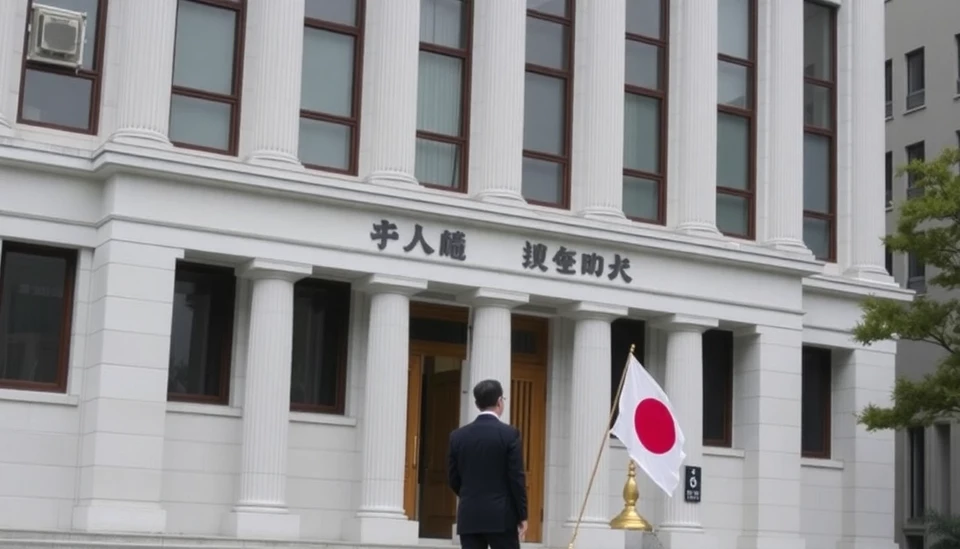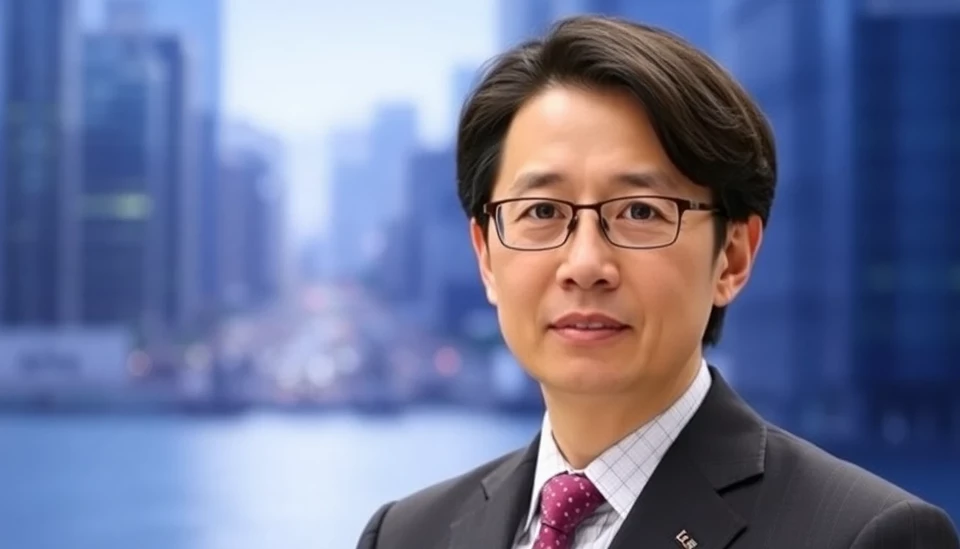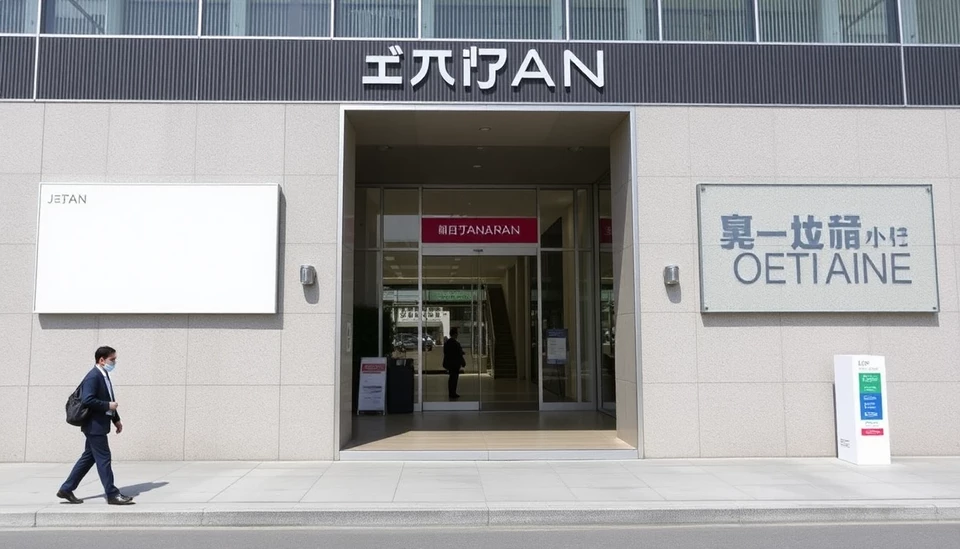
In a remarkable development for Japan’s economy, wage growth has reached its highest level since 1997, igniting discussions about potential interest rate hikes by the Bank of Japan (BOJ). This surge in wages is attributed to a combination of increased labor demand and a shift in corporate priorities aimed at tackling labor shortages.
During a meeting held on February 4, 2025, government data revealed that average wages had risen by an impressive 4.1% year-on-year in December, marking the most substantial jump in nearly three decades. This increase is seen as a response to protracted labor shortages exacerbated by an aging population and the declining birth rate in Japan.
Economists are watching closely, as this wage growth could prompt the BOJ to reconsider its long-standing ultra-loose monetary policy. With inflation remaining a critical concern, alongside rising wages, the central bank is faced with the challenge of balancing economic growth with the need to combat rising prices. The BOJ has maintained a near-zero interest rate for several years, but the current developments suggest that a shift may be on the horizon.
Labor unions, feeling empowered by the surge in wage offers, are demanding even higher wages in upcoming negotiations. Industry leaders are aware that to attract and retain talent in this competitive labor market, they may need to increase compensation packages, which in turn would further contribute to inflationary pressures.
The implications of these wage increases are manifold. Not only do they signal a healthier economy, but they also represent a potential pivot point for BOJ policy. Analysts predict that if this trend continues, a discussion regarding interest rate hikes may become inevitable in the near future, especially with inflationary trends showing consistent strength.
In the eyes of consumers, higher wages could mean improved living standards and increased spending power. However, the flip side could be rising prices as businesses pass on labor costs. Hence, fluctuations in consumer sentiment depend heavily on how these dynamics unfold in the coming months.
As discussions unfold and economic indicators continue to shift, the focus remains on the BOJ's next steps and how they plan to navigate this evolving landscape, with many hoping for a favorable outcome for workers across the nation.
In summary, this growth in wages is not just a positive indicator for the labor market but also a potential catalyst for pivotal changes in Japan’s monetary policy, paving the way for a more dynamic economic environment as the country enters a new phase in its recovery journey.
#Japan #WageGrowth #BOJ #InterestRates #Economy #LaborMarket #Inflation #MonetaryPolicy
Author: Daniel Foster




